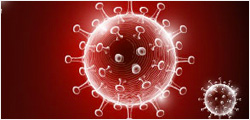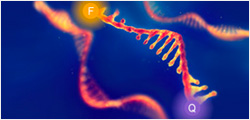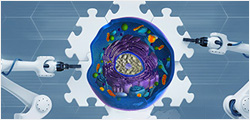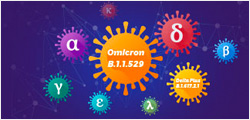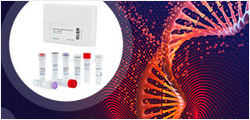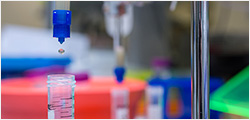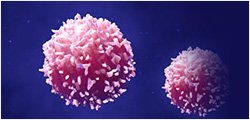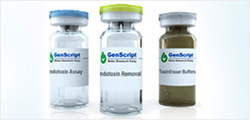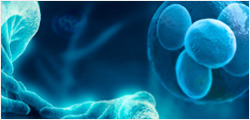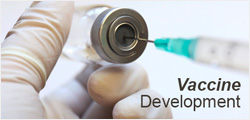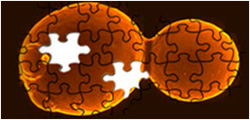IL-3β, Rat
This product is going to be discontinued.
Interleukin-3 (IL-3) is a type of biological signal (cytokine) which is encoded by the IL-3 gene located on chromosome 5 and produced primarily by activated T cells beside human thymic epithelial cells, activated murine mast cells, murine keratinocytes and neurons/astrocytes. It exerts its biological activities through binding to Interleukin-3 receptors included α and β subunits, but sequence analysis revealed a number of features indicative of the presence of only one β-subunit in the rat. Interleukin-3 acts in hematopoiesis by controlling the production, differentiation, and function of 2 related white cell populations of the blood, the granulocytes and the monocytes-macrophages. Furthermore, rat and human IL-3 share low homology and have not cross species activity.
| Z03582 | |
|
|
|
| ¥95,157.00 | |
|
|
|
|
|
|
| Ask us a question | |
